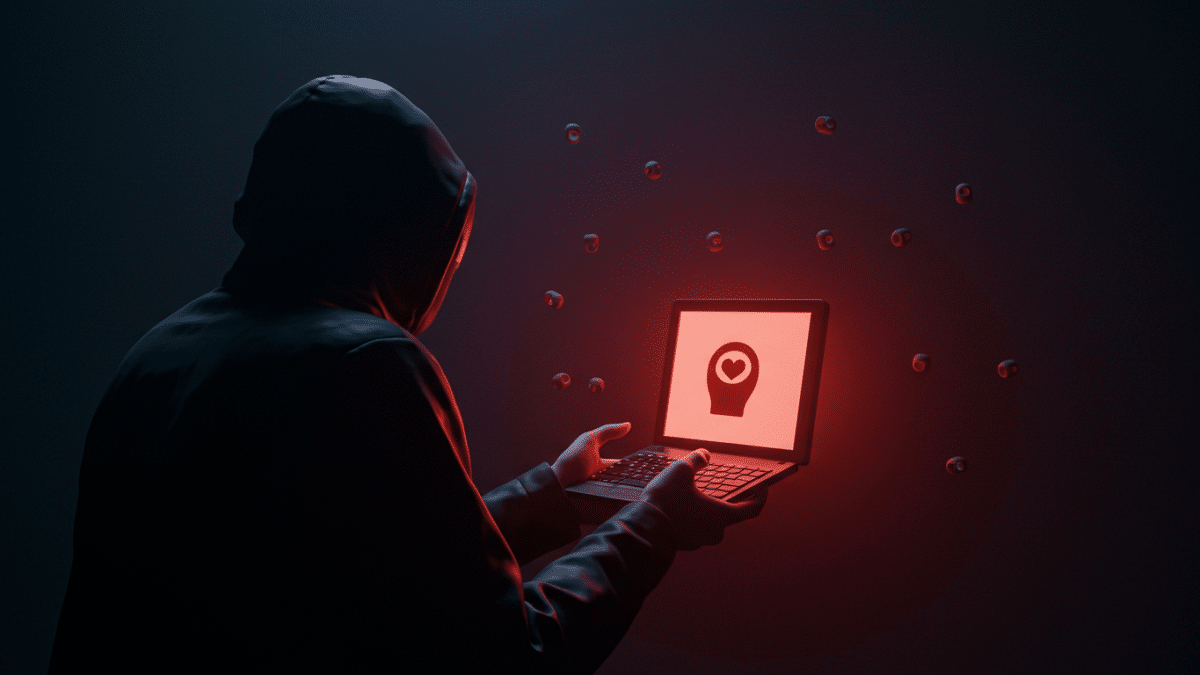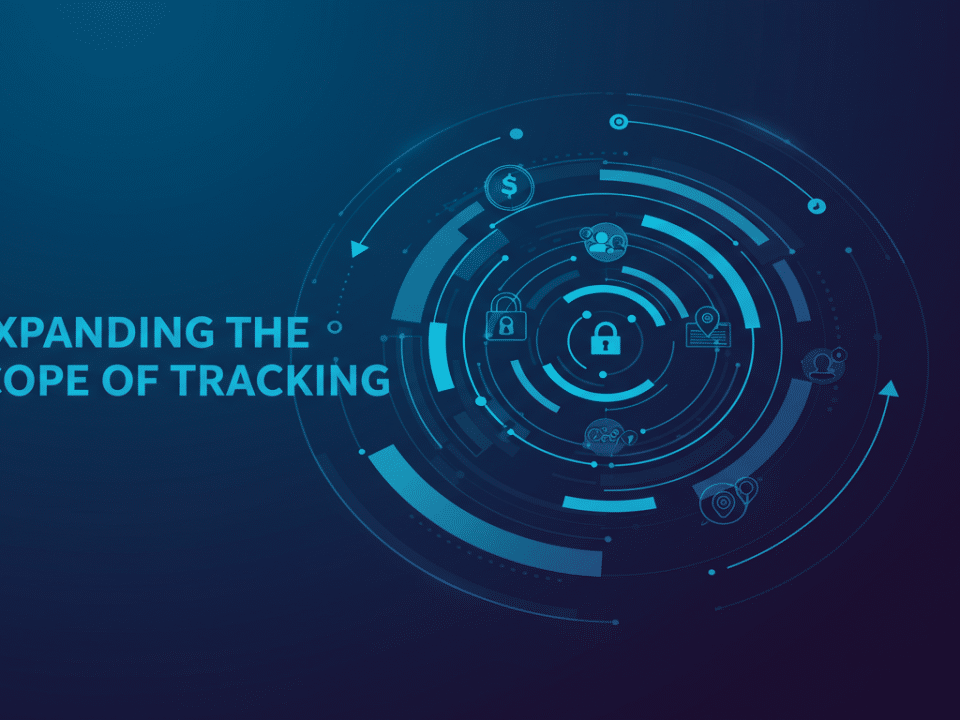
Beware the Free Game: Malware Discovered in Steam Release
February 21, 2025
Invisible Threats: How Hackers Are Using Unicode to Sneak Past Your Defenses
February 22, 2025The digital battlefield is heating up, and the FBI, along with the Cybersecurity and Infrastructure Security Agency (CISA), has issued a stark warning: dangerous ransomware attacks are underway. Specifically, they’ve highlighted the activities of a malicious group known as Ghost, which is actively targeting organizations across the globe. This isn’t just another routine alert; it’s a clear and present danger that demands immediate attention.
Understanding the Threat: Ghost Ransomware and Its Targets
The joint security advisory, AA25-050A, paints a concerning picture. Ghost is not a localized threat. They are a sophisticated ransomware group with a broad reach, targeting multiple industry sectors in over 70 countries. This global footprint makes them exceptionally dangerous, as they can exploit vulnerabilities in diverse systems and networks.
So, who are they targeting? While specific sectors are often kept confidential for security reasons, it’s safe to say that no organization is entirely immune. Critical infrastructure, healthcare, finance, and government agencies are often prime targets due to the sensitive nature of their data and the potential for significant disruption. However, small to medium-sized businesses (SMBs) are also increasingly vulnerable, as they may lack the robust security infrastructure of larger enterprises.
The modus operandi of Ghost, like many ransomware groups, involves infiltrating networks, encrypting critical data, and demanding a ransom for its release. The consequences can be devastating: operational downtime, financial losses, reputational damage, and potential legal liabilities. The “backup now” portion of the alert emphasizes the importance of offline backups in the event of an attack. If your data is encrypted, the only way to recover it without paying the ransom is to restore it from a secure backup.
Why This Advisory Matters Now
The timing of this advisory is crucial. It underscores the escalating threat landscape and the increasing sophistication of cybercriminals. The FBI and CISA are not issuing warnings lightly. They are reacting to concrete evidence of ongoing, dangerous attacks. This means your organization is potentially at risk right now.
Protecting Your Organization: Best Practices and Solutions
So, what can you do to protect your organization from Ghost and similar ransomware threats? Here are some essential best practices:
- Implement Robust Backup and Recovery Procedures: As the FBI emphasizes, regular, offline backups are critical. Ensure your backups are stored in a secure, isolated location, and test them regularly to ensure they can be restored quickly.
- Strengthen Your Network Security: Invest in a comprehensive cybersecurity infrastructure, including firewalls, intrusion detection/prevention systems, and endpoint protection.
- Patch Management: Keep all software and systems up to date with the latest security patches. Vulnerabilities in outdated software are a common entry point for ransomware.
- Employee Training and Awareness: Educate your employees about the risks of phishing, social engineering, and other cyber threats. Human error is a leading cause of security breaches.
- Multi-Factor Authentication (MFA): Implement MFA for all critical systems and accounts. This adds an extra layer of security, making it harder for attackers to gain unauthorized access.
- Incident Response Plan: Develop a comprehensive incident response plan that outlines the steps to take in the event of a ransomware attack. This will help you minimize downtime and mitigate the damage.
- Regular Security Assessments: Conduct regular vulnerability assessments and penetration testing to identify and address security weaknesses.
- Endpoint Detection and Response (EDR) and Security Information and Event Management (SIEM) Solutions: These tools can help you detect and respond to threats in real-time.
- Cybersecurity Insurance: Consider investing in cybersecurity insurance to help cover the costs of a ransomware attack, including data recovery, legal fees, and business interruption.
Krypto IT: Your Partner in Cybersecurity
At Krypto IT, we understand the challenges organizations face in protecting themselves from evolving cyber threats. We offer a range of comprehensive cybersecurity services, including vulnerability assessments, penetration testing, managed security services, and incident response. Our team of experts can help you implement the best practices outlined above and develop a robust security posture tailored to your specific needs.
Don’t wait until it’s too late. Protect your organization from ransomware attacks today. Contact Krypto IT for a free cybersecurity consultation. Let us help you assess your vulnerabilities and develop a comprehensive security strategy.
Contact us today!
#Cybersecurity #Ransomware #FBI #CISA #DataBackup #InformationSecurity #CyberThreats #KryptoIT #SecurityAwareness #Infosec #TechSecurity #ManagedSecurity #EndpointSecurity #CyberAttack #FreeConsultation




